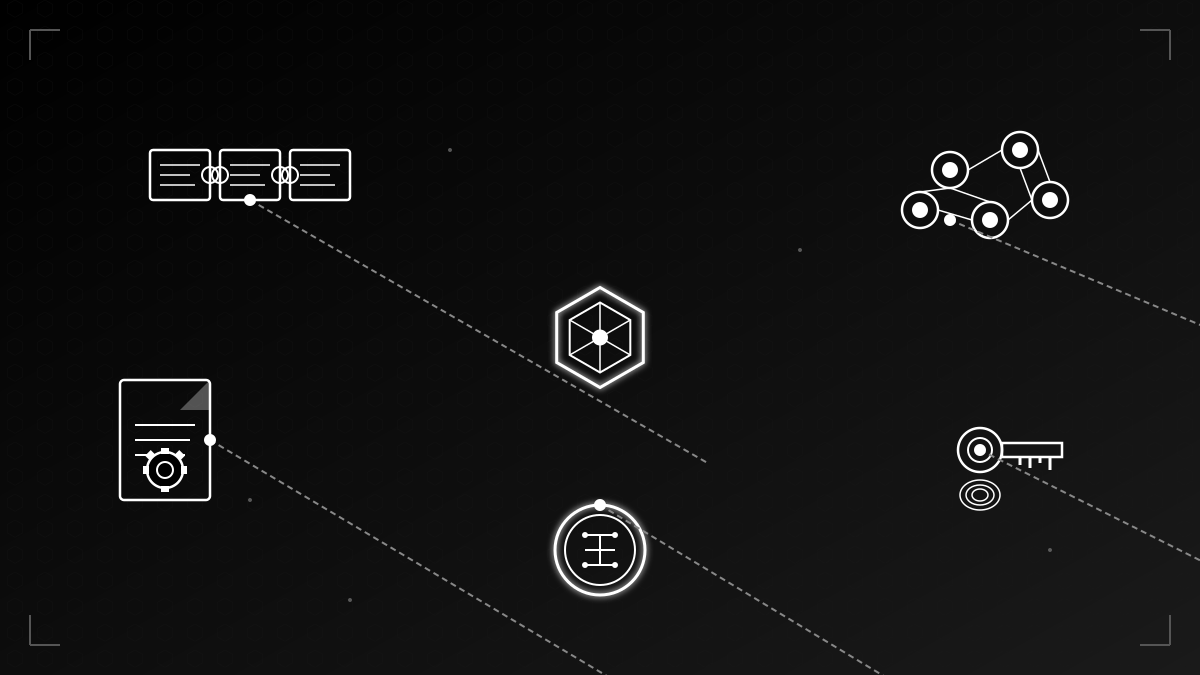Web3—not to be confused with Web 3.0—, the often-discussed next iteration of the Internet, promises a more decentralized, user-centric online experience. But what does that actually mean? To truly understand Web3, here are five fundamental concepts you need to grasp:
1. Decentralization: Shifting power to the people
The core principle of Web3 is decentralization. Unlike Web 2.0 (this one may be referred to as Web2), where giants like Google, Facebook, and Amazon control vast amounts of data and infrastructure, Web3 leverages decentralized networks built on blockchains. This distributed approach eliminates single points of control, giving users greater autonomy over their digital assets and online identities. Instead of relying on centralized servers, Web3 distributes information and processing power across a network of participants, making it more resistant to censorship and single points of failure.
2. Blockchain and smart contracts: The foundation of trust and automation
Blockchain technology is the bedrock of Web3’s decentralized structure. It’s a distributed, immutable ledger that securely records transactions across a network. This transparency and security are further enhanced by smart contracts: self-executing programs stored on the blockchain (like Ethereum). These contracts automate processes and agreements without the need for intermediaries, enabling everything from decentralized finance (DeFi) to supply chain management with increased efficiency and trust.
3. Cryptographic tokens and digital ownership: Fueling the Web3 economy
Cryptocurrencies like Bitcoin (BTC) and Ethereum (ETH) are the native currencies of the Web3 ecosystem, facilitating transactions and powering its economy. Beyond currencies, Non-Fungible Tokens (NFTs) have emerged as a powerful tool for proving digital ownership of unique assets, from digital art and music to in-game items and virtual real estate. Furthermore, Decentralized Autonomous Organizations (DAOs) utilize token-based voting to enable community governance, allowing users to collectively manage projects and resources.
4. Wallets and self-custody: Taking control of your digital assets
In Web3, users take direct responsibility for their digital assets through cryptocurrency wallets like MetaMask or Ledger. These wallets provide self-custody, meaning users hold their own private keys, which act as proof of ownership. This contrasts sharply with Web 2.0, where platforms manage user accounts and data. While self-custody offers greater control, it also comes with responsibility: losing your private keys means losing access to your assets forever.
5. Interoperability and the open Internet: Breaking down silos
Web3 envisions a more open and interoperable Internet. Decentralized applications (DApps) are built on open protocols, allowing data and assets to flow freely between different applications without requiring permission from central authorities. This interoperability stands in contrast to the siloed nature of Web 2.0 platforms, where data and assets are often locked within specific ecosystems. Imagine seamlessly moving your NFTs from one marketplace to another or using the same digital identity across various DApps—this is the promise of Web3’s open Internet.

Hi, I’m Eunice, and I’m an AI enthusiast. I’m here to provide brief but useful guidance to either get you started or help you hone your AI skills.
